TECHNOLOGY
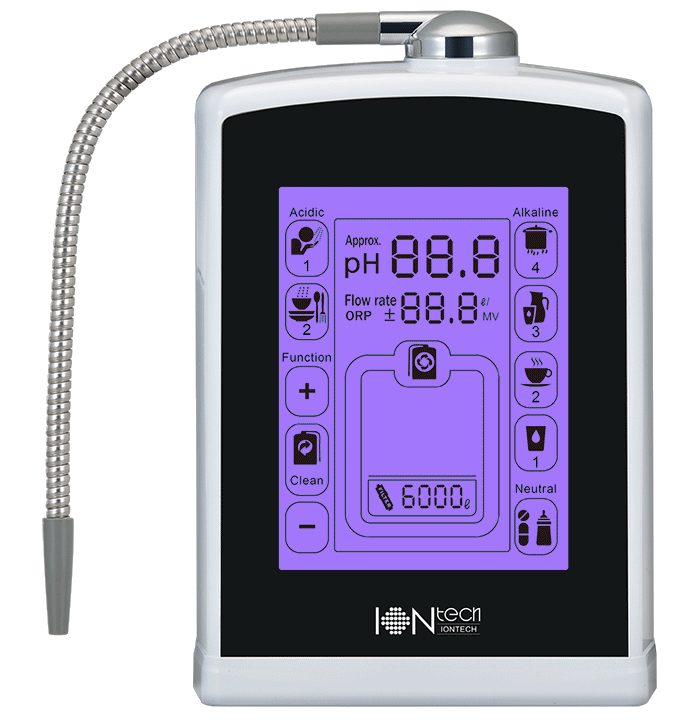
The water purifier is usually a basic device for home use that filters chemicals and impurities. Purifiers are unable to change the pH values, ORP values, or the structure of water molecules. A water ionizer uses electrolysis to alter water pH and ORP values and molecular cluster structures of the water. The pH value of the output can be selected for different uses; drinking, cooking, washing, healing, etc.
General User pH Instruction Tables for Water Ionizers
| Alkaline Water | Foods Reference | |
|---|---|---|

Disinfaction |
pH9.0~pH11.0 - Alkaline 4(Strong Alkaline)
|
Ginger,Grapes,Kelps,Seaweeds |

Daily Drinking |
pH8.5~pH10-Alkaline 3
|
Mushrooms,Soy beans,Spinach |

Cooking & Drinking |
pH8.0~pH9.0-Alkaline 2
|
Banana,Carrot,Chestnut,Lettuce,Red beans |

Initial Drinking |
pH7.5~pH8.5-Alkaline 1
|
Apple,Cabbage,Eggplant,Onion,Tea |
| Purified Water | Foods Reference | |
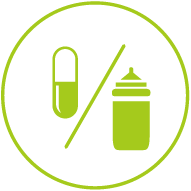
Purified Water |
pH7.0-Purified water
|
Asparagus,Bread,Milk,Miso,Tofu |
| Acidic Water | Foods Reference | |

Facial & Skin Cleaning |
pH5.0~pH6.5-Acidic 1
|
Beef,Beer,Clam,Rice,Octopus |

Sterilization & Disinfection |
pH4.0~pH5.5-Acidic 2
|
Cheese,Egg yolk,Oats,Squid |
※ The above pH levels may differ depending on tap water quality
A water ionizer electrolyzed water by direct current voltage (DC). Water is re-directed from a faucet through a hose into the ionizer unit. Firstly, the water is filtered by an activated carbon filter inside of the machine.
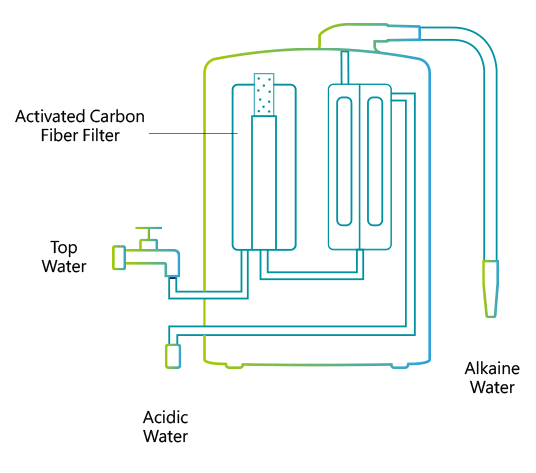
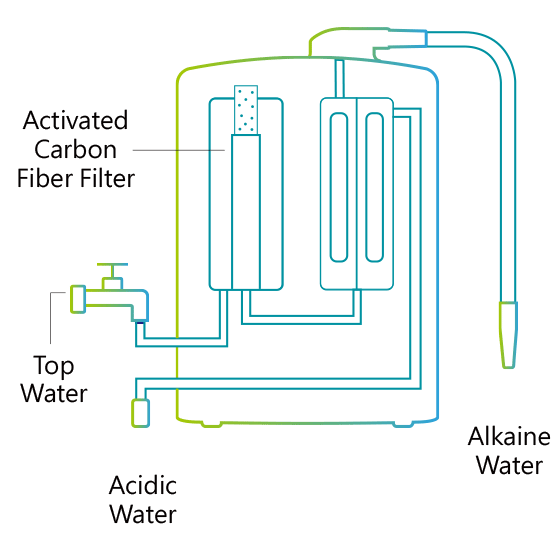
Each ionizer unit has a specially engineered electrolysis chamber equipped with platinum-coated titanium electrolysis plates. The filtered water flows into the chamber and is directed through a ceramic membrane that is positioned between the charged electrolysis plates.
The conditioned or 'Ionized' water then exits through two ports (an alkaline port and an acidic port). Cations are attracted to the negatively charged plate to produce cathodic water (reductive water). Anions, negatively charged ions, are attracted to the positively charged plate to produce anodic water (oxidized water).
The (-) cathode attracts minerals such as sodium, magnesium, potassium, calcium and others and the water surrounding the terminal becomes alkaline with an increase in hydrogen ions (H+). The anti-cathode terminal attracts ions such as oxygen, sulfuric acid, sulfur and the water surrounding the terminal becomes acidic with an increase in hydroxide ions (OH-).
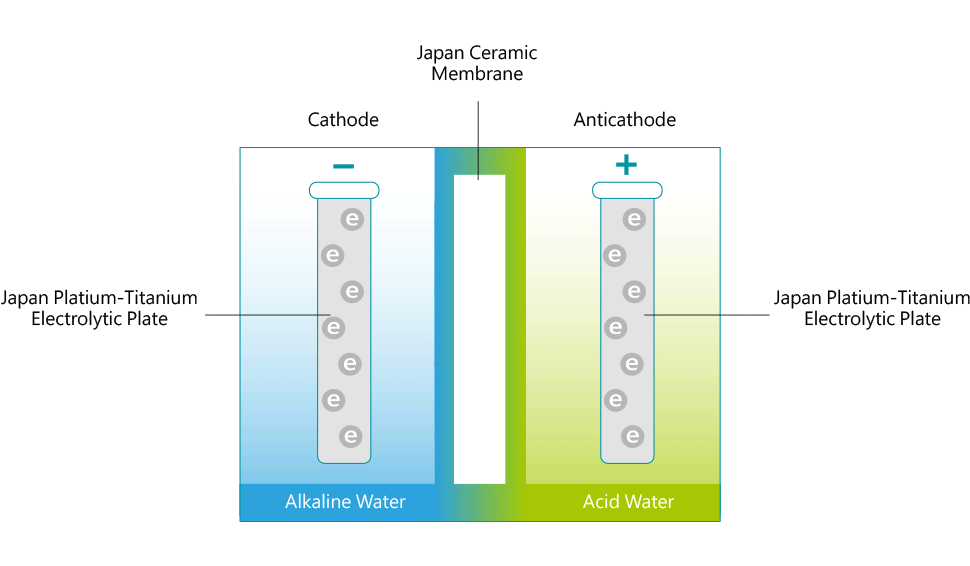
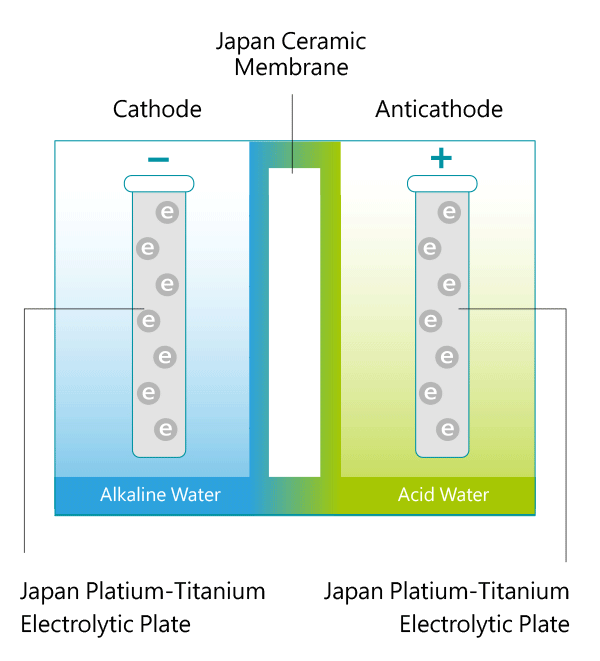
The water discharged from the alkaline port has a higher pH value and contains minerals, like Calcium and Magnesium, that are in a form that is more suitable for the body to assimilate.
Calcium, Potassium, Magnesium and other minerals can normally be found in drinking water. But these minerals in are complex, inorganic and very stable. These are not easily assimilated by the body. However, minerals ionized water are separated into ions with (-)ORP. These ions unite with the acidic residues with positive ions. They act as buffering agents that are easily assimilated and eliminated by our bodies.



Water Purification

Electroysis


Chlarine(CI-)
Sulfuric Acld(SO42-)
Carbonic Acid(Ca+)
Nitrlc Acid(NO2-)


Potassium(K+)
Solidum(Na+)
Calcium(Ca+)
Magnesium Ions(Ma2+)




























